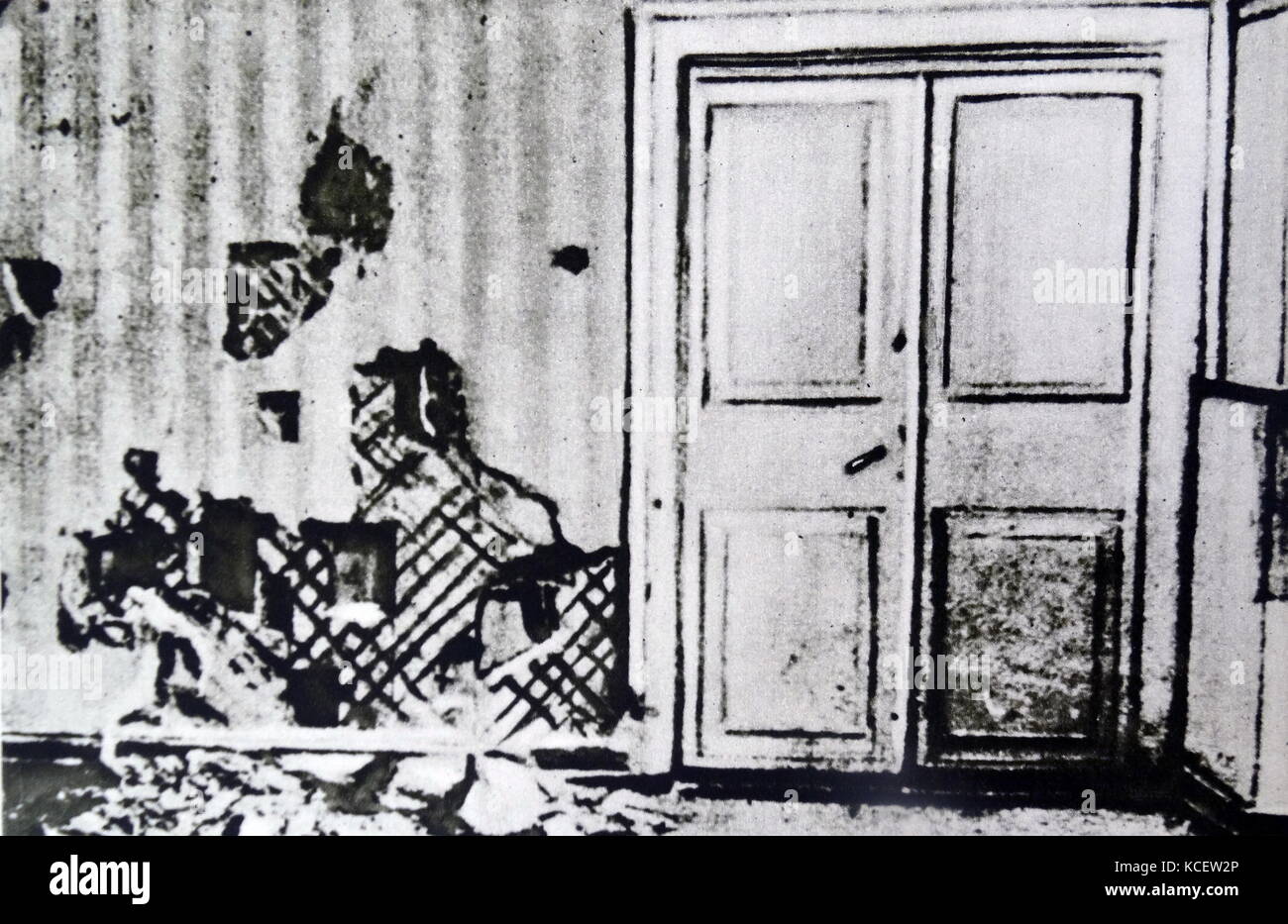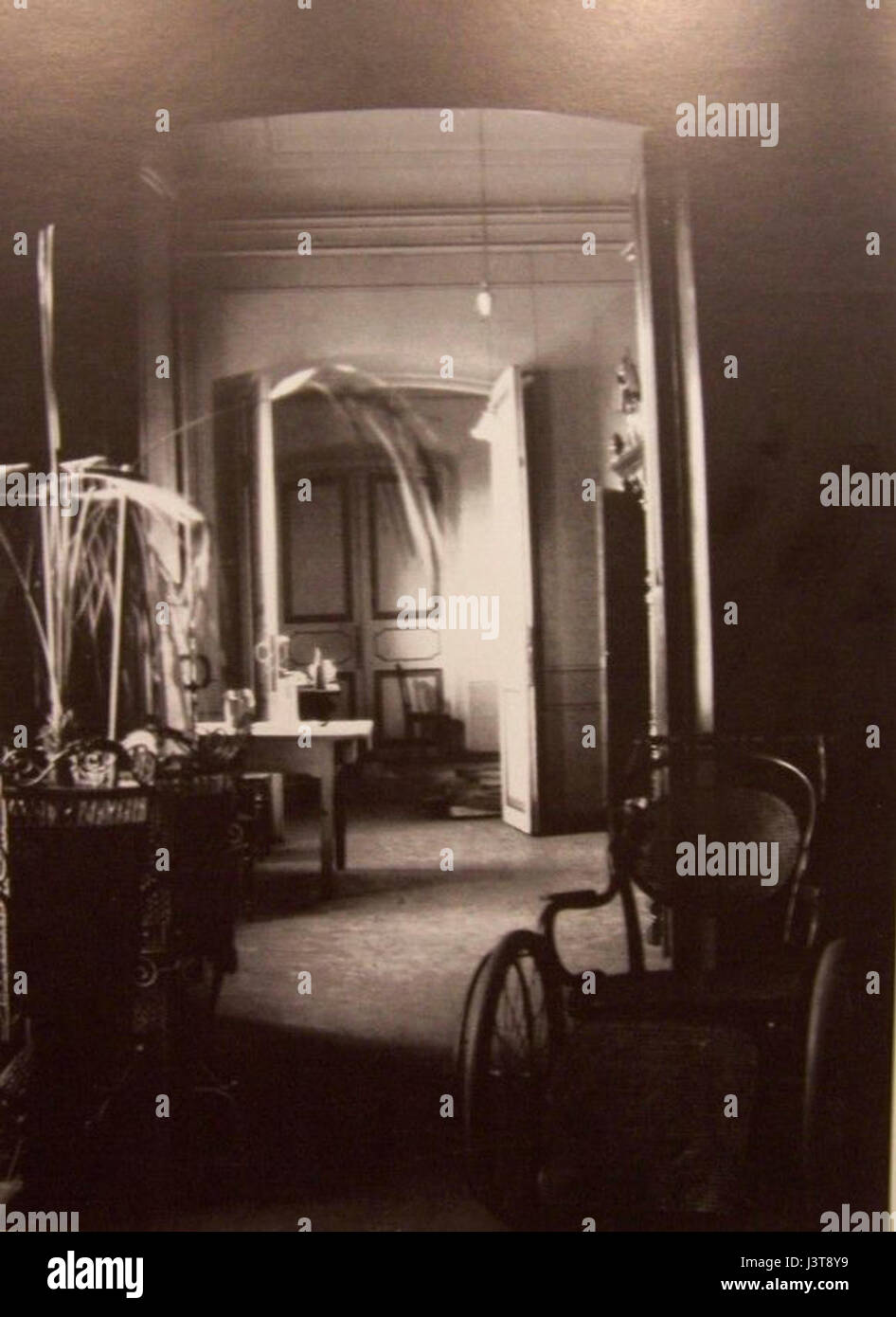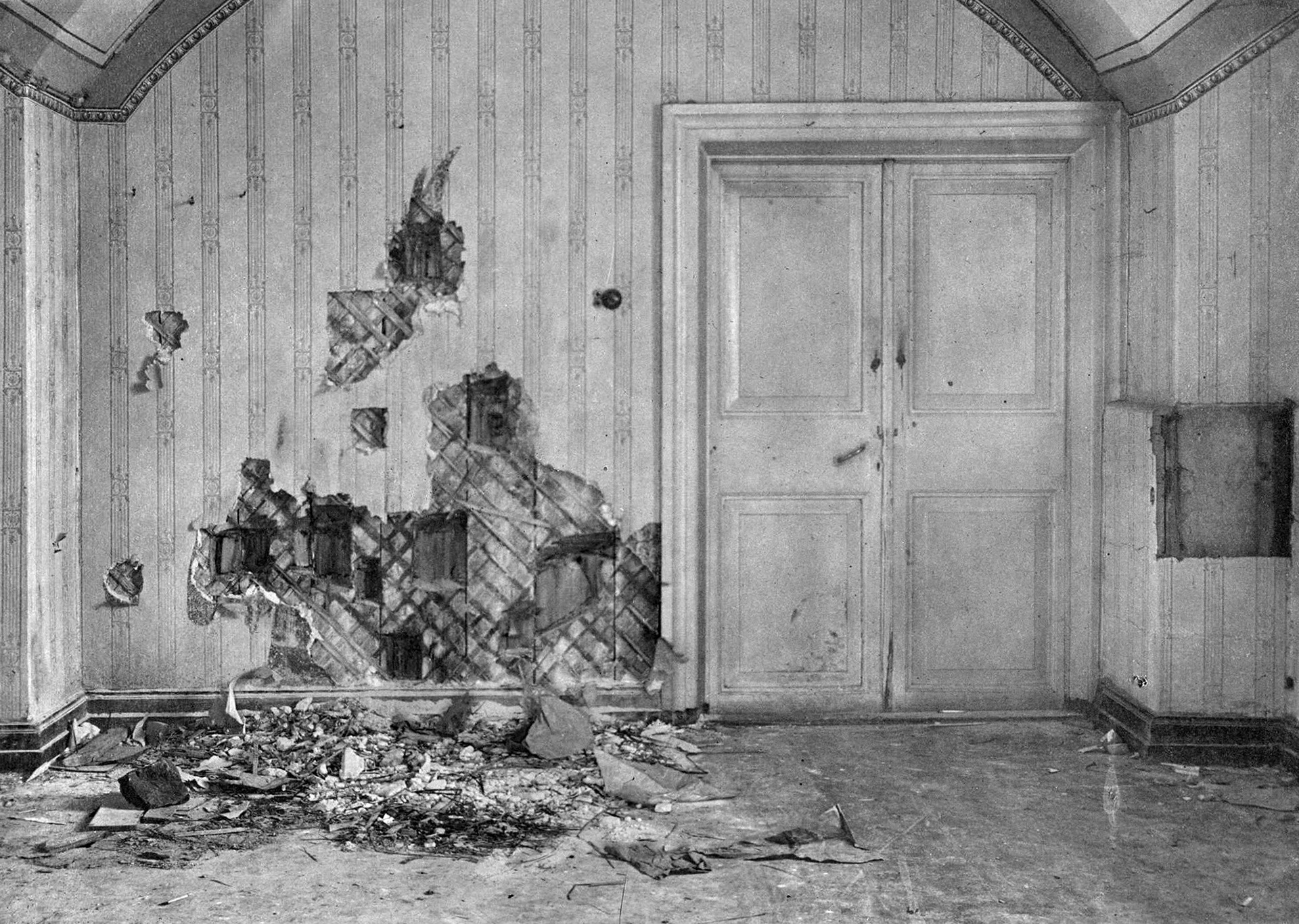Table Of Content

According to the presumption of innocence, no one can be held criminally liable without guilt being proven. In the criminal case, an unprecedented search for archival sources taking all available materials into account was conducted by authoritative experts, such as Sergey Mironenko, the director of the largest archive in the country, the State Archive of the Russian Federation. The study involved the main experts on the subject – historians and archivists.
Family tree
These items can be seen today in local museums in Ekaterinburg and Ganina Yama. It is interesting to note, when opening the floor in the grand duchesses bedroom, a golden bracelet with precious stones and the monogram ‘T’ was found hidden under the baseboard and wrapped in a newspaper. In 1918, after the revolution and overthrow of the tsar, it was requisitioned by the government.
How Were Queen Elizabeth & Prince Philip Related To The Romanov Family?
The notorious Ipatiev House went on to have a few more lives—a branch of the Ural Revolution Museum and an agriculture school among them—though it was never able to shed the stain of its most terrible event. It also attracted many who came to pay their respects to the fallen dynasty, leading to its demolition in 1977 on orders of the Politburo, who gave the task to Boris Yeltsin, then-chair of the local party. Fourteen years later, the Soviet Union was dissolved, Yeltsin became president, and, in a change of tune, construction of a new memorial church on the site began. The Church of All Saints (officially called The Church on Blood in Honour of All Saints Resplendent in the Russian Land) was completed in 2003, three years after the Romanovs were elevated to sainthood. Jimmy Iovine is an American Entrepreneur, record executive, and media mogul. In 2006 he Co-founded Beats Electronics along with the famous rapper and friend Dr. Dre.
More From the Los Angeles Times

The male line of this branch, however, is survived by the illegitimate Nikolayev family, descendant of Grand Duke Nicholas Nikolaevich of Russia (1831–1891) to his mistress Catherine Chislova. The Alexandrovichi last male-line members are represented by descendants of Paul Ilyinsky (son Grand Duke Dmitri Pavlovich of Russia) and natural son of Alexander II, Prince George Alexandrovich Yuryevsky. However, both lines are unable to press their claim to the defunct Russian throne because of their morganatic status.
However, before they are saved, the family is executed by the Bolsheviks. One day Sasha brought a piece of plaster from that wall in his grandmother’s locket with a lid, filled with hot wax. Such a small piece in the shape of a trapezoid, and there, like a bouquet of flowers, was sprinkled – large, medium, smaller, maroon, orange, light orange droplets. Card-playing security guards and an iron gate seal off the cluttered laboratory holding the royal remains of Nicholas II and his family--precautions taken since one of the czar’s ribs was pilfered three years ago. Elizaveta Mavrikievna, widow of Konstantin Konstantinovich, escaped with her daughter Vera Konstantinovna and her son Georgii Konstantinovich, as well as her grandson Prince Vsevolod Ivanovich and her granddaughter Princess Catherine Ivanovna to Sweden.
On This Day in 1918 the Romanov Family Was Killed - The Moscow Times
On This Day in 1918 the Romanov Family Was Killed.
Posted: Wed, 17 Jul 2019 07:00:00 GMT [source]
She was in almost constant pain—her heart, her back, her legs, everything ached—and her faith was her only refuge. She seemed content to retreat into a state of religious meditation, spending most of her time being read to from her favorite spiritual works, usually by Tatiana. One of the girls always sat with her, giving up her precious recreation time when the others were allowed out into the garden. That was the end of Nicholas Romanov's family but the saga of the burial and their death's investigation just began. They woke the Romanovs and their servants on the night of July 17 and told them to go downstairs, pretending it was for their own safety as White forces descended on Yekaterinburg. After everyone gathered in the basement, Yurovsky stated out loud that Nicholas’ supporters were trying to free them, and therefore it was his duty to bring to an end the 300 year old house of Romanov.
There they were held captive in a house which belonged to engineer Ipatiev, where they would ultimately be killed. About midnight on 16–17 July 1918, Commander Yurovsky entered the second-floor room of Dr. Botkin, who was awake and writing a letter. Botkin was told to awaken the Imperial family and their three remaining servants, so that the whole party could be evacuated from Yekaterinburg. The reason given was that the anti-Bolshevik White Army forces of Tsarist and moderate democratic socialists in the ensuing Russian Civil War of 1918–1921, were nearing the city and that there had been firing in the streets.

The cortege of teal hearses slowed as it carried the Romanovs past their imperial home at the Winter Palace, in a symbolic bow to the Russian tradition of returning loved ones after death to their last home. “This truth has been concealed for 80 years, but now we need to tell this truth, and I should take part,” Yeltsin told his countrymen, apparently more mindful of his historical legacy than any short-term political ripples. The centerpiece is the coat of arms of Moscow that contains the iconic Saint George the Dragon-slayer with a blue cape (cloak) attacking golden serpent on red field.
The Imperial family's stay and on-site execution
Because of Queen Victoria and her children’s marriages, many royal families are somehow connected to the Romanovs, earning her the nickname of “the grandmother of Europe,” according to Town & Country. But those family trees and their respective dramas need a whole Netflix series of their own. Nicholas, facing his family, turned and said "What? What?"[92] Yurovsky quickly repeated the order and the weapons were raised. The Empress and Grand Duchess Olga, according to a guard's reminiscence, had tried to bless themselves, but failed amid the shooting. Yurovsky reportedly raised his Colt gun at Nicholas's torso and fired; Nicholas fell dead, pierced with at least three bullets in his upper chest. The intoxicated Peter Ermakov, the military commissar for Verkh-Isetsk, shot and killed Alexandra with a bullet wound to the head.
Meanwhile, Alexandra Feodorovna, Nicholas’ beloved spouse, wasn’t wasting time. With her four daughters (Olga, Tatiana, Maria, Anastasia), they were sewing family jewelry – diamonds and gems – into the seams of dresses and coats, so in future they would have something to live on. Yurovsky spoke briefly to the effect that their Romanov relatives had attempted to save the Imperial family, that this attempt had failed and that the Soviets were now obliged to shoot them all. In present, Queen Elizabeth greets Boris Yeltsin, the Russian president, at Buckingham Palace. The queen agrees to come to Russia on the condition that the remains of the Romanovs be exhumed and reburied, since it was Yeltsin who carried out the order to demolish the Ipatiev House.
Ioann Konstantinovich's wife, Elena Petrovna, was imprisoned in Alapayevsk and Perm, before escaping to Sweden and Nice, France. The Ipatiev House has the same name as the Ipatiev Monastery in Kostroma, where Mikhail Romanov had been offered the Russian Crown in 1613. The large memorial church "on the blood" has been built on the spot where the Ipatiev House once stood. Alexander II, son of Nicholas I, became the next Russian emperor in 1855, in the midst of the Crimean War. While Alexander considered it his charge to maintain peace in Europe and Russia, he believed only a strong Russian military could keep the peace. By developing the Imperial Russian Army, giving increased autonomy to Finland, and freeing the serfs in 1861 he gained much popular support for his reign.
Among the inquiries were demands to prove the origin of two teeth found in the Koptyaki pit that cannot be traced to any of the nine skeletons. Most controversial of the questions was the demand for determination of whether the royals had been beheaded--a conclusion demanded by fringe nationalists who claim the Romanovs were ritually murdered by Freemasons and Jews and that their heads were severed as part of the killing process. On orders of the Communist Party, the bodies were trucked out to a remote wooded area and dumped in a pit, burned and, a few hours later, reburied nearby.
What Happened to the House Where the Romanovs Were Killed? - Yahoo Singapore News
What Happened to the House Where the Romanovs Were Killed?.
Posted: Sat, 26 Nov 2022 13:03:18 GMT [source]
Later, Elizabeth tells Penny that the czarina, Alexandra Romanov (Philip’s great-aunt), was pro-German at a time when England was at war with them. Saving them would’ve been controversial and contradictory and might have led to local unrest. She suggests that while Queen Mary may have called the shots (literally, almost), she was still devastated when news of the murder came back.
Until the very last moment, Ipatiev did not know who exactly the Bolsheviks were preparing his house for. Only after 29th April, when he had already moved out [Nikolai and his wife moved to the village of Kurinskoye], did his neighbour inform him that the ex-tsar Nicholas II, his wife and one of his daughters [Grand Duchess Maria] had been settled in the mansion. Nicholas and 10 others in the imperial entourage were executed by firing squad in the cellar of a merchant’s house here in the predawn hours of July 17, 1918. The carnage was ordered by Bolshevik revolutionaries who had seized power eight months earlier and who sought to ensure that they would never again be challenged by a monarch. At least nine of the bodies were trucked 12 miles north of the city, stripped and dumped in a pit. A few days later, they were retrieved, doused with acid, burned in a bonfire, then moved to a second hiding place, where they stayed until two amateur sleuths led an exhumation team to the forested site more than seven decades later.

No comments:
Post a Comment